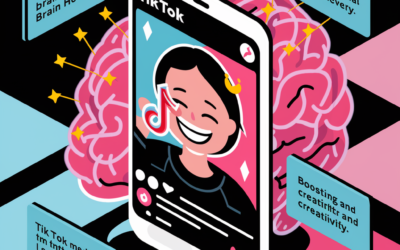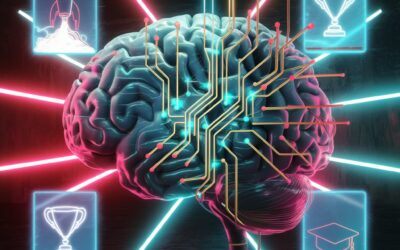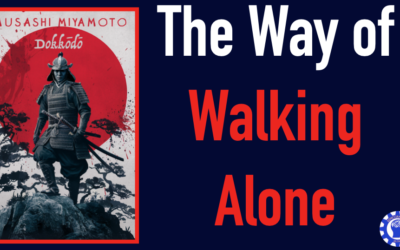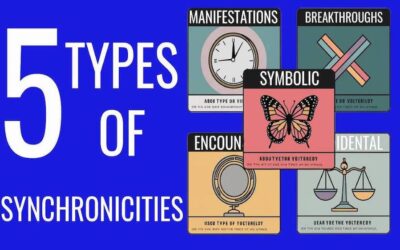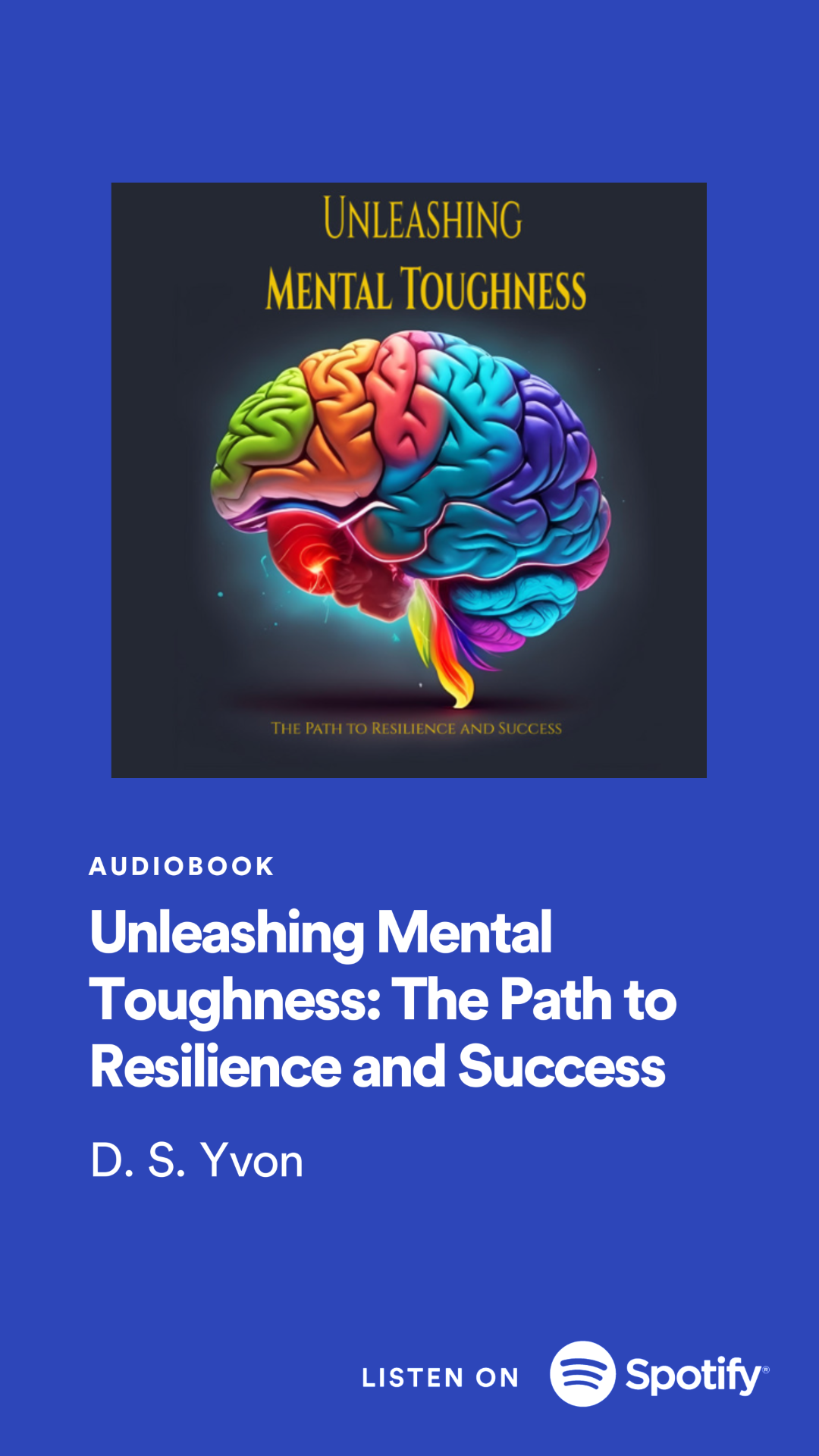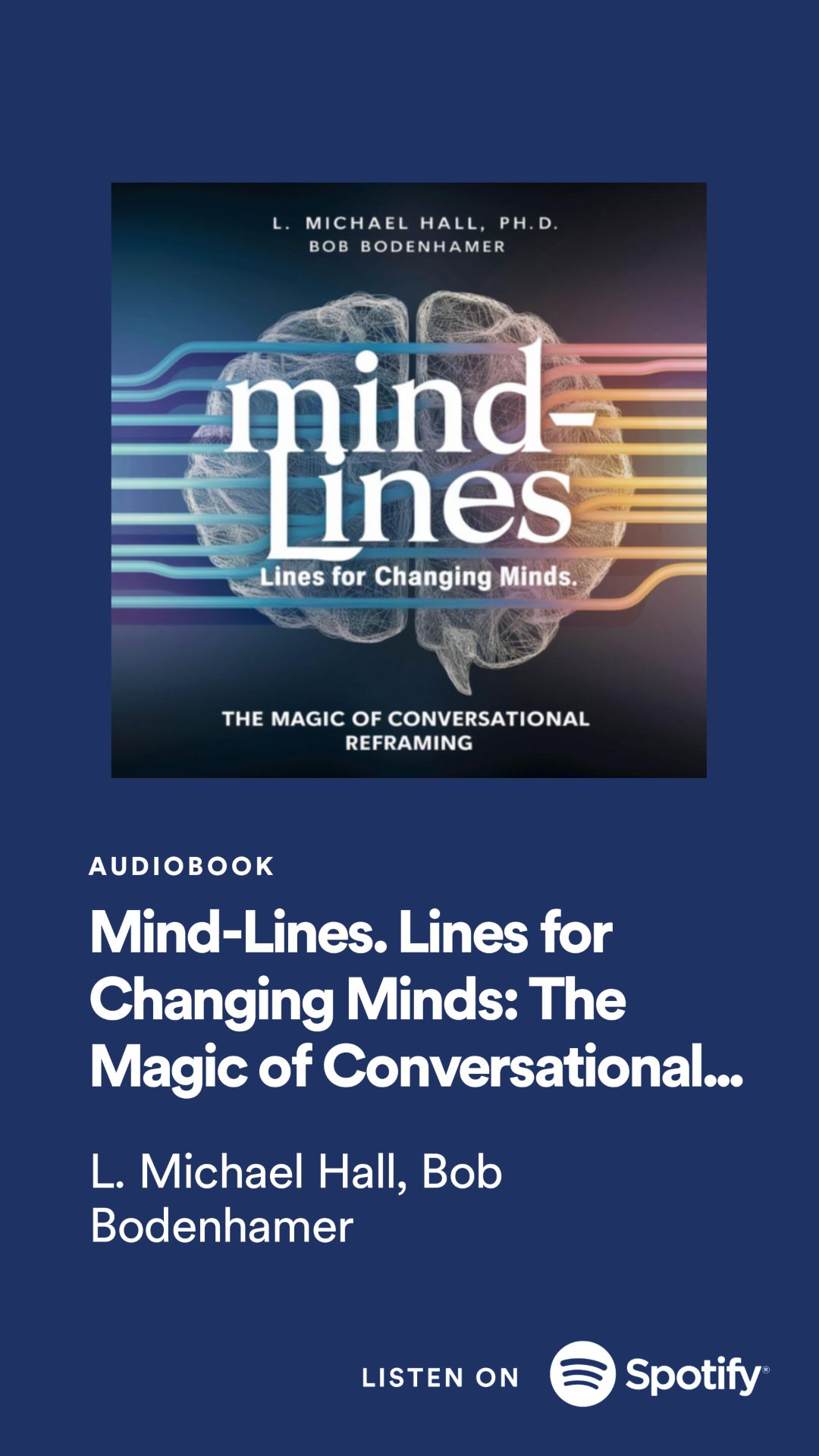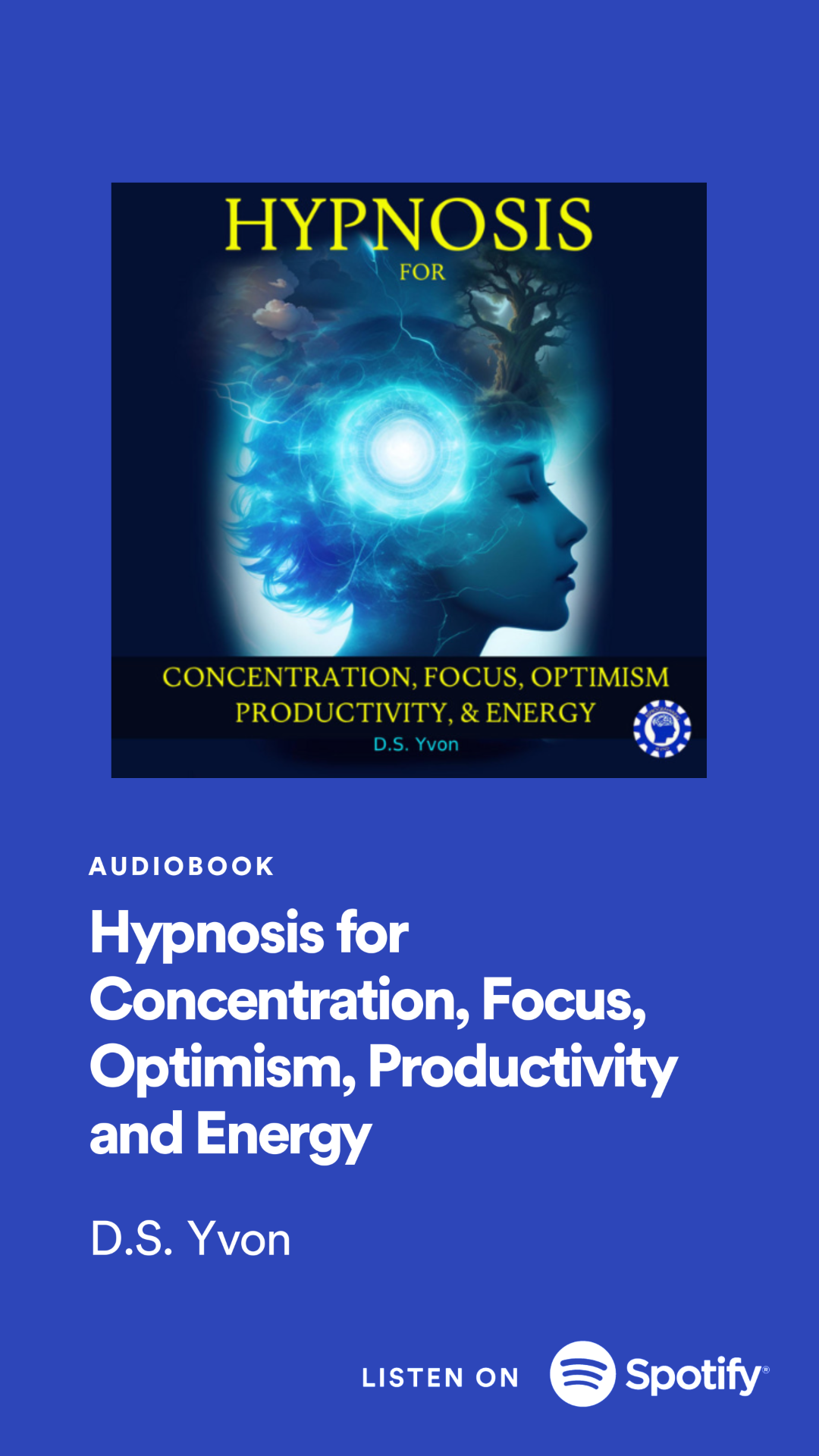
Stock trading is a complex activity that challenges our cognitive abilities and emotional control. Despite the potential for significant financial gains, many individuals struggle to succeed in this arena. The reasons for these difficulties are deeply rooted in our evolutionary history and the psychological biases that have developed over millennia. Understanding these factors can help traders recognize their inherent limitations and develop strategies to overcome them.
Evolutionary Factors
Our brains evolved in an environment vastly different from today's financial markets. The traits that helped our ancestors survive in the wild can often work against us when making investment decisions. Let's explore some of these evolutionary factors in detail in
trading psychology to help you become a better trader.
Fear and Loss Aversion
One of the most powerful evolutionary traits that impact trading behavior is fear, particularly the fear of loss. Our brains are wired to prioritize avoiding losses over acquiring gains, a characteristic known as loss aversion. This trait served our ancestors well in survival situations, where the loss of resources or taking unnecessary risks could lead to death.
In the context of stock trading, loss aversion manifests in several ways:
1. Holding onto losing positions: Traders often refuse to sell stocks that have decreased in value, hoping they will recover. This behavior can lead to even greater losses as declining stocks continue to fall.
2. Selling winning positions too early: Conversely, traders may be quick to sell stocks that have increased in value, fearing that the gains might be lost if they hold on longer. This can result in missed opportunities for further growth.
3. Hesitation in entering new positions: The fear of potential losses can prevent traders from entering promising positions, leading to missed opportunities.
4. Overreaction to short-term market fluctuations: Loss aversion can cause traders to panic during market downturns, leading to impulsive selling decisions that may not align with long-term investment strategies.
The impact of loss aversion on trading decisions can be significant. Studies have shown that the pain of losing money is psychologically about twice as powerful as the pleasure of gaining the same amount. This imbalance can lead traders to make irrational decisions, prioritizing the avoidance of losses over the pursuit of gains, even when the latter may be more beneficial in the long run.
Greed and Reward-Seeking Behavior
While fear plays a significant role in trading behavior, greed is equally influential. The human brain releases dopamine, a neurotransmitter associated with pleasure and reward, in anticipation of potential gains. This neurochemical response can create a cycle of addictive behavior in trading.
The impact of greed and reward-seeking behavior on trading includes:
1. Overtrading: The thrill of potential gains can lead traders to execute more trades than necessary, increasing transaction costs and potentially exposing themselves to greater risk.
2. Excessive risk-taking: In pursuit of larger profits, traders may take on positions that are too large relative to their account size or risk tolerance.
3. Chasing trends: The fear of missing out (FOMO) can drive traders to jump into popular stocks or market trends without proper analysis, often buying at peak prices.
4. Neglecting diversification: Greed can cause traders to concentrate their investments in a few high-potential stocks, ignoring the benefits of a diversified portfolio.
5. Margin trading: The desire for amplified gains may lead traders to use leverage excessively, potentially magnifying losses.
The reward-seeking behavior driven by dopamine release can create a gambling-like mentality in trading. Successful trades trigger a dopamine rush, reinforcing the behavior and encouraging traders to seek out similar experiences. This can lead to a cycle of increasingly risky behavior as traders chase the "high" of successful trades.
Psychological Factors
In addition to evolutionary traits, various psychological biases significantly impact trading decisions. These cognitive biases are systematic patterns of deviation from norm or rationality in judgment, which can lead to perceptual distortion, inaccurate judgment, illogical interpretation, or what is broadly called irrationality.
Confirmation Bias
Confirmation bias is the tendency to search for, interpret, favor, and recall information in a way that confirms or supports one's prior beliefs or values. In the context of stock trading, this bias can have several detrimental effects:
1. Selective information processing: Traders may focus on news and analysis that support their existing positions while ignoring or downplaying contradictory information.
2. Overconfidence in predictions: Confirmation bias can lead traders to be overly confident in their market predictions, as they tend to remember their successful forecasts more than their failures.
3. Resistance to changing strategies: Traders may stick to ineffective trading strategies because they focus on instances where the strategy worked, ignoring overall poor performance.
4. Echo chamber effect: Traders might surround themselves with like-minded individuals or information sources, reinforcing their existing beliefs and potentially missing out on valuable diverse perspectives.
5. Misinterpretation of random events: Confirmation bias can cause traders to see patterns or trends in random market movements, leading to misguided trading decisions.
To combat confirmation bias, traders should actively seek out information that challenges their beliefs, consider alternative viewpoints, and regularly review their trading decisions with a critical eye.
Sunk Cost Fallacy
The sunk cost fallacy is the tendency to continue investing time, money, or effort into something because of previously invested resources, even when it's no longer rational to do so. This psychological bias can be particularly damaging in stock trading:
1. Refusing to sell losing positions: Traders may hold onto losing stocks because they've already invested a significant amount of money, hoping to recoup their losses rather than cutting their losses and moving on.
2. Averaging down on losing positions: The sunk cost fallacy can lead traders to buy more shares of a declining stock in an attempt to lower their average purchase price, potentially amplifying losses. This is also called a 'moron trade' as the trader is putting more on to their losing position.
3. Overcommitment to failed strategies: Traders may continue using unsuccessful trading strategies because of the time and effort already invested in developing and implementing them.
4. Emotional attachment to investments: The more time and resources invested in researching and monitoring a stock, the harder it becomes to let go, even when the investment is no longer sound.
5. Ignoring opportunity costs: Focusing on sunk costs can prevent traders from recognizing better opportunities elsewhere in the market.
To overcome the sunk cost fallacy, traders should focus on future potential rather than past investments. Regular portfolio reviews and setting clear, unemotional criteria for holding or selling positions can help mitigate this bias.
Overconfidence
Overconfidence is a cognitive bias in which a person's subjective confidence in their judgments is reliably greater than their objective accuracy. In trading, overconfidence can manifest in several ways:
1. Overestimating trading skills: Traders, especially after a string of successful trades, may overestimate their ability to predict market movements and make profitable decisions.
2. Underestimating risks: Overconfident traders often underestimate the risks associated with their trades, leading to inadequate risk management.
3. Ignoring market complexity: Overconfidence can cause traders to oversimplify complex market dynamics, leading to overly simplistic trading strategies.
4. Excessive trading: Overconfident traders may trade more frequently, believing they can consistently outperform the market, leading to higher transaction costs and potentially lower returns.
5. Neglecting education and improvement: Traders who are overconfident in their abilities may be less likely to seek out additional education or improve their trading strategies.
To combat overconfidence, traders should maintain a humble attitude, regularly assess their performance objectively, and seek feedback from other experienced traders or mentors.
Gambler's Fallacy
The gambler's fallacy is the mistaken belief that if something happens more frequently than normal during a given period, it will happen less frequently in the future (or vice versa). For example if a roulette ball has landed on a black number 5 times in a row, the gamblers fallacy is that red is due when point in fact, the odds are the same on every spin regardless of the streaks. This fallacy can significantly impact trading decisions:
1. Misinterpreting losing streaks: Traders may believe that a string of losing trades must be followed by winning trades, leading to continued poor decision-making.
2. Overvaluing recent performance: The gambler's fallacy can cause traders to give too much weight to recent market performance, expecting trends to reverse without fundamental reasons.
3 Ignoring random walk theory: This fallacy contradicts the idea that stock prices follow a random walk, leading traders to see patterns where none exist.
4. Misusing technical analysis: Traders may misinterpret chart patterns, believing that certain formations must lead to specific outcomes based on past occurrences.
5. Irrational position sizing: The gambler's fallacy can lead to increasing position sizes after losses, believing that a win is "due," potentially leading to catastrophic losses.
To avoid falling prey to the gambler's fallacy, traders should understand the principles of probability and randomness in financial markets. Each trade should be evaluated on its own merits, independent of past outcomes.
Cognitive Dissonance
Cognitive dissonance occurs when a person holds contradictory beliefs, ideas, or values, or when a person's beliefs are contradicted by new information. In trading, this can lead to several issues:
1. Difficulty admitting mistakes: Traders may struggle to acknowledge when they've made a poor trading decision, as it conflicts with their self-image as a skilled trader.
2. Rationalizing losses: To reduce dissonance, traders might create elaborate justifications for why a losing trade wasn't their fault or why it doesn't reflect their trading ability.
3. Inconsistent trading behavior: Cognitive dissonance can lead to inconsistencies between a trader's stated strategy and their actual trading behavior.
4. Resistance to new information: Traders may dismiss or downplay new information that contradicts their existing beliefs about a stock or the market.
5. Emotional stress: The tension created by cognitive dissonance can lead to emotional stress, potentially impacting future trading decisions.
To address cognitive dissonance, traders should practice self-awareness and be willing to critically examine their beliefs and decisions. Keeping a detailed trading journal can help identify inconsistencies between beliefs and actions.
Herd Mentality
Herd mentality, or the tendency for individuals to mimic the actions of a larger group, can significantly impact trading behavior:
1. Following market trends: Traders may buy or sell stocks simply because others are doing so, without conducting their own analysis.
2. Amplifying market movements: Herd behavior can lead to exaggerated market movements, creating bubbles during bull markets and panic selling during bear markets.
3. Ignoring fundamental analysis: The pressure to conform to group behavior can override rational decision-making based on fundamental analysis.
4. FOMO-driven decisions: Fear of missing out can drive traders to join market trends late, often buying at peak prices or selling at market bottoms.
5. Overreliance on financial media: Herd mentality can be reinforced by financial news and social media, leading to reactive rather than proactive trading strategies.
To combat herd mentality, traders might consider developing and sticking to their own well-researched strategies, avoid making impulsive decisions based on market sentiment, and maintain a long-term perspective.
Overcoming Evolutionary and Psychological Challenges in Trading
Understanding these evolutionary and psychological factors is the first step in overcoming them. Here are some strategies traders can employ to mitigate their impact:
1. Develop a robust trading plan: Create a detailed plan that outlines entry and exit criteria, position sizing rules, and risk management strategies. Stick to this plan to avoid emotional decision-making.
2. Use stop-loss orders: Implement stop-loss orders to automatically limit potential losses and remove the emotional aspect of closing losing positions.
3. Practice emotional discipline: Recognize and manage emotions during trading. Techniques such as mindfulness meditation can help maintain emotional balance.
4. Educate yourself: Continuously learn about market dynamics, trading strategies, and psychological biases. The more knowledgeable you are, the better equipped you'll be to make rational decisions.
5. Keep a trading journal: Maintain a detailed record of all trades, including the rationale behind each decision. Regularly review this journal to identify patterns and areas for improvement.
6. Seek diverse perspectives: Engage with traders who have different strategies and viewpoints to challenge your own beliefs and avoid confirmation bias.
7. Use technology wisely: Leverage trading tools and algorithms to help remove emotion from trading decisions, but be cautious of over-relying on technology.
8. Practice risk management: Implement proper position sizing and portfolio diversification to manage risk effectively.
9. Set realistic expectations: Understand that consistent profits are the result of disciplined trading over time, not overnight success.
10. Take regular breaks: Step away from trading periodically to maintain perspective and avoid burnout.
By understanding the biological and
psychological factors that influence trading behavior and implementing strategies to counteract them, traders can work towards more rational, disciplined, and potentially more successful trading practices. However, it's important to remember that trading always involves risk, and past performance does not guarantee future results. Continuous learning, adaptation, and self-reflection are key to long-term success in the challenging world of stock trading.








